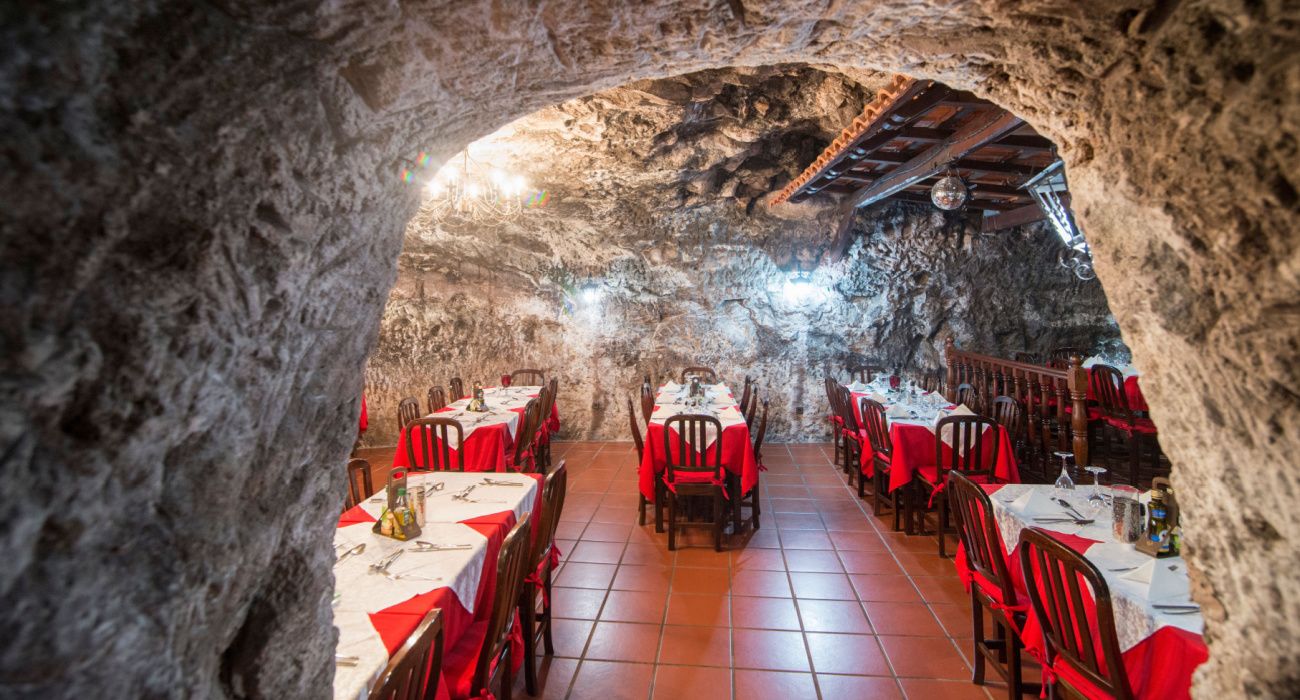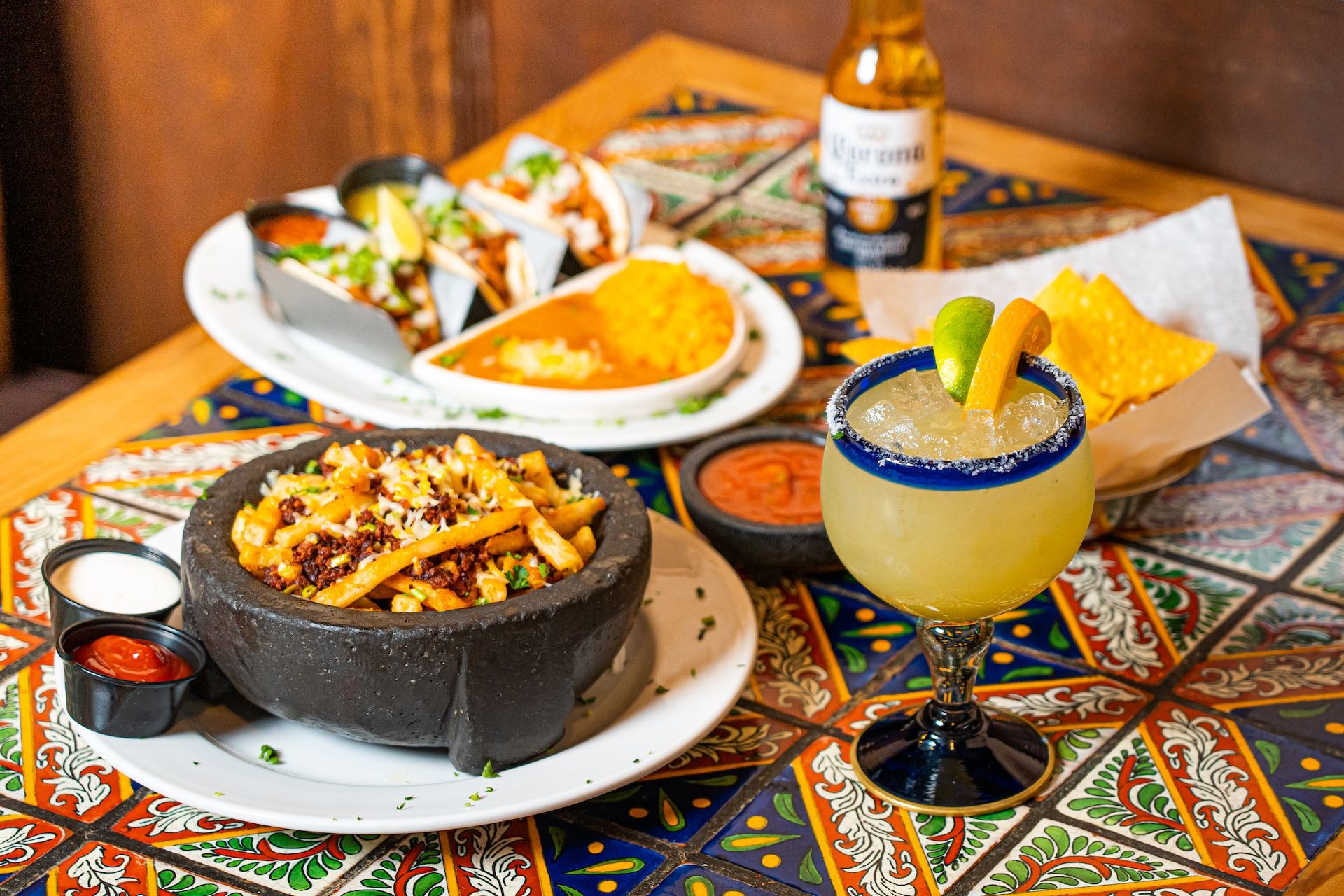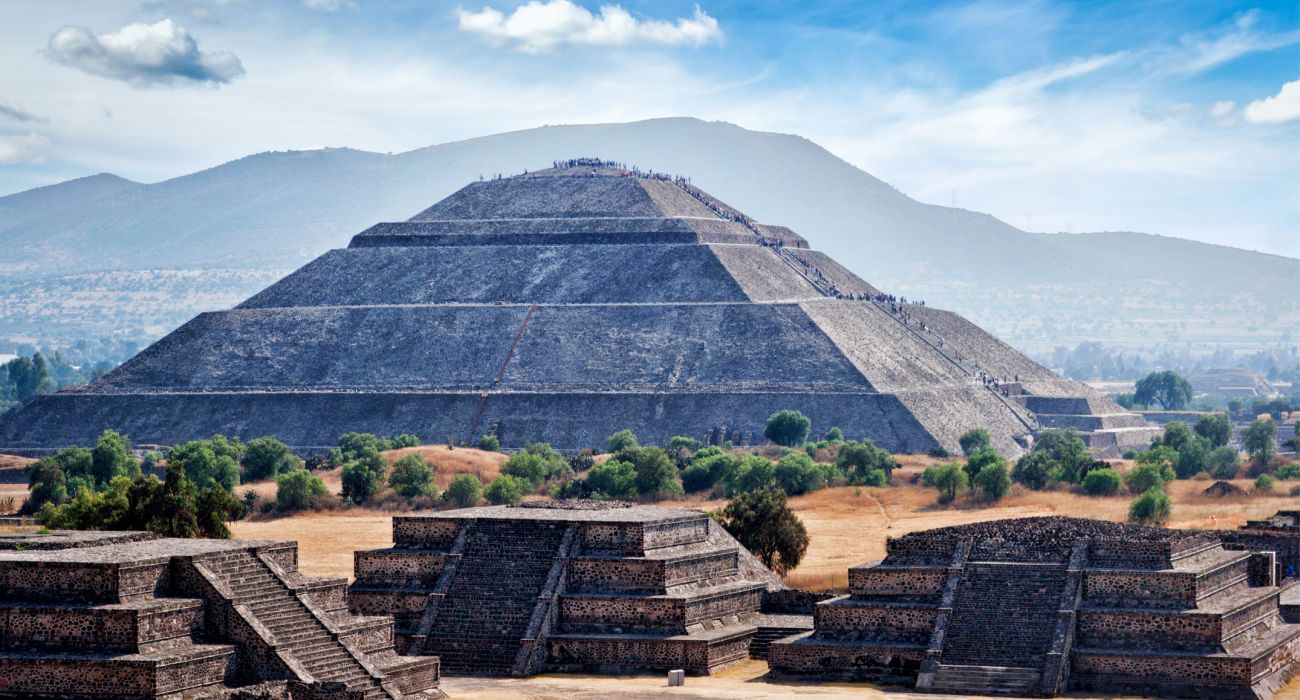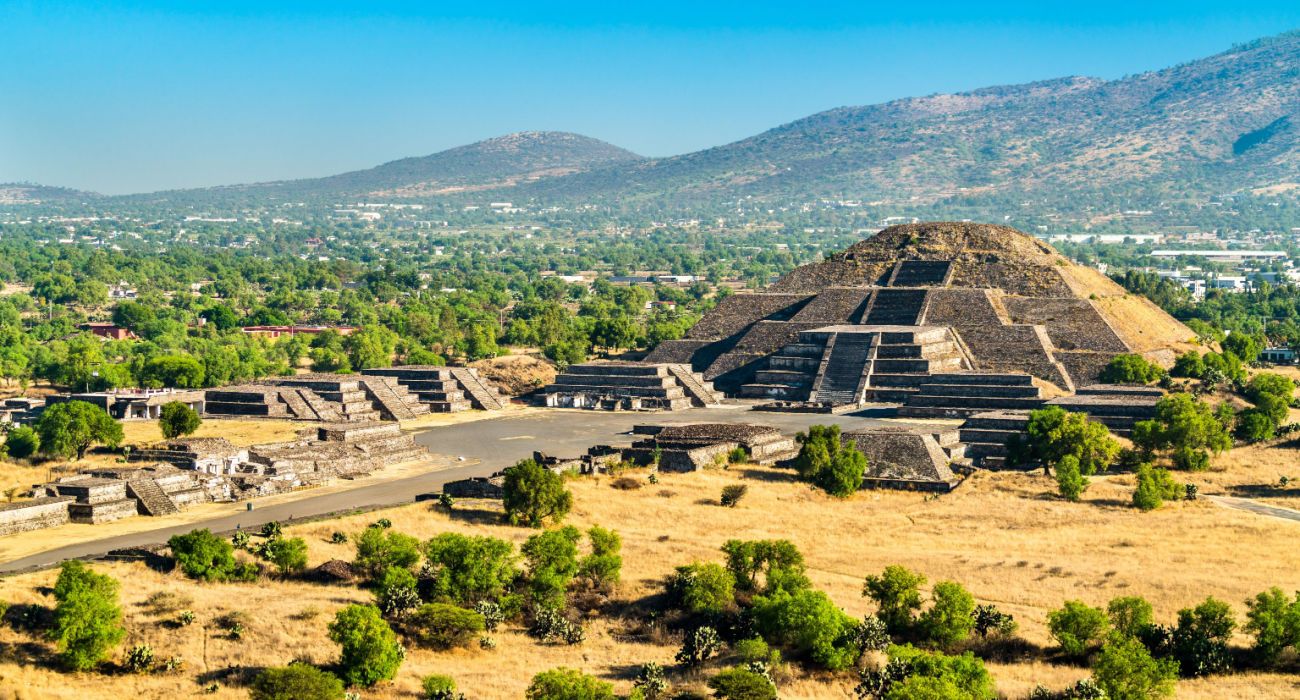Quick Links
La Gruta is a remarkable underground restaurant located just outside of the archeological site of Teotihuacan - the most famous archeological site in Central Mexico. Teotihuacan is home to some of the largest temple-pyramids of the Americas (in particular, the Pyramid of the Moon and the Pyramid of the Sun - the largest pyramid there).
While Teotihuacan is great to see from the air (with a hot-air balloon flight), there are also underground attractions at Teotihuacan. What better way to finish a tour of Teotihuacan than with a pre-Hispanic meal in an ancient cave underneath the historic city of Teotihuacan?
La Gruta: The Stunning Cave Restaurant At Teotihuacan
After exploring the extensive ruins of Teotihuacan, walk on over to La Gruta (it is only 650 feet away from the archeological site). It is near Entrance 5, which is just behind the Pyramid of the Sun.
La Gruta restaurant is found inside a cave. The cave has barely been decorated at all. By day, the sun does shine down into the cave, while during the night, illumination is provided by hundreds of candles. It really is an atmospheric way to enjoy a meal while visiting Teotihuacan. The cave has volcanic origins and was likely used by the ancient people of Teotihuacan.
The restaurant has a capacity for 700 guests, and it is best to make reservations in advance. As it is a cave, the temperature is a constant cool temperature (no matter how roasting it might be on the surface). Take a light jacket to keep warm while dining there.
Another of the attractions of the restaurant is traditional Mexican folk dance shows. They have both Mexican folk and pre-Hispanic dances on Saturdays and Sundays.
Mexican Dance Shows Times:
- Saturdays: 3.30 pm
- Sundays: 1.30 pm, 3.30 pm, 5.30 pm
Over the years, La Gruta has welcomed many high-profile guests, including Queen Elizabeth II, Frida Kahlo, and Diego Rivera.
What To Expect On The La Gruta Menu
La Gruta services a selection of pre-Hispanic specialties (so enjoy some food closer to what the ancient people of Teotihuacan would have eaten). The menu offers a chance to taste dishes that mix local ingredients with the pre-Hispicanic heritage of the region.
- Capacity: Up to 700 people
- Reservations: Recommended on Weekends
- Opening Hours: 8.00 am to 6.00 pm (Mondays to Sundays)
- Days Open: 365 Days A Year
They have been serving traditional Mexican cuisine since 1906, and their dishes emphasize the seasonality of the local produce.
Examples of food on the menu include tlacoyitos (corn cakes with a green sauce) and escamoles al epazote (ant larvae with wormseed herb).
Not all the menu items are pre-Hispanic. Other choices on the menu include lamb, goat, and even rabbit. They also have a selection of more familiar foods like steak and rib eye. This is Mexico, so naturally, there are drinks like tequila on the menu too.
People can get to La Gruta by driving themselves (there is plenty of parking on-site) or by bus from Mexico City. For more information and to make reservations at La Gruta, see their website.
Teotihuacan Was One Of The Greatest Pre-Columbian Cities
Teotihuacan was once one of the largest cities in the world and one of the most powerful cities in the region. At its peak, it is thought to have had a population of around 125,000. But it had fallen and been reduced to ruins by the time the Aztecs rose to power. Teotihuacan, its lore, and its pyramids had a huge impact on the development of the Aztecs and their Triple Alliance.
- Peak Population: 125,000
- Heyday: Approx AD 1 to AD 500
Teotihuacan was a place where many people were sacrificed (they included people taken prisoner and citizens of the city itself). They were sacrificed to appease the god Huitzilopochtli so that the sun would rise another day.
Teotihuacan was a multi-ethnic city whose influence in the region is well documented. But there remain many mysteries about the ancient city, and there is still much to learn.
Teotihuacan is located 28 miles to the northeast of Mexico City and is perhaps the greatest day trip one can take from the city. Key attractions at Teotihuacan include the Avenue of the Dead, the Pyramid of the Sun, the Pyramid of the Moon, and the Quetzalpapalotl Temple (which has 260 serpent heads on it). There are other ancient cities around Mexico City (such as Xochicalco) that can be visited on a day trip.
Teotihuacan is one of the greatest archeological sites in the Americas and is a reminder of the deep history of Mesoamerica. While the Spanish destroyed the Aztec city of Tenochtitlan, the older city of Teotihuacan was largely spared.





